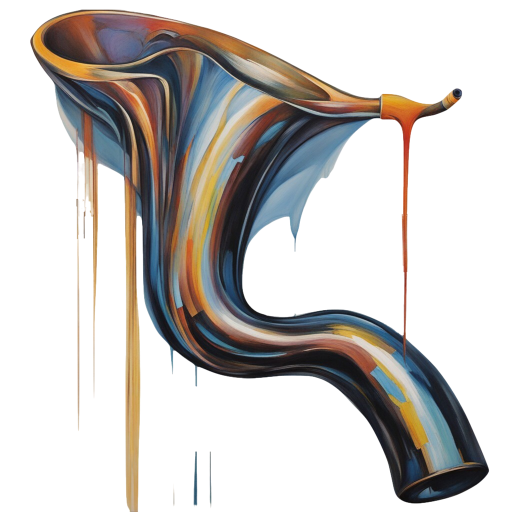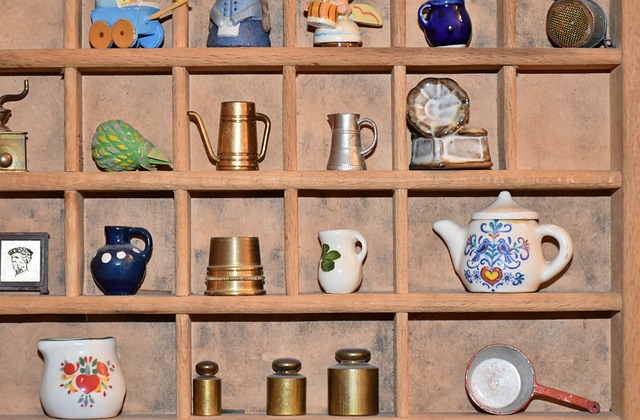From the time we were children pocketing shiny pebbles or colorful feathers, many of us have felt the pull to collect. Across continents and through the epochs, humans have been gatherers. And while the items of interest have evolved, the spirit of collecting remains a thread linking us across time and space.
You’ve probably heard of philatelists and numismatists—those enthusiasts of stamps and coins, respectively. But the world of collecting is vast and varied! Take the lepidopterist, who chases after butterflies, or the surprising turophile, delighting in different cheeses. Every item, it seems, has its devoted collector, and a unique name to match.
You’ve likely stumbled upon words like philatelists and numismatists, referring to those devoted enthusiasts of stamps and coins, respectively. But the world of collecting is as diverse as it is vast. There’s the bibliophile, lost in the realm of books, each time holding a unique story both within its pages and about its journey to the shelf.
The oenophile, with a refined palate, sips and collects wines, cherishing the nuanced symphony of flavors each bottle brings. And let’s not forget the sneakerhead, whose collection of footwear isn’t just about fashion, but an ode to design, culture, and often, nostalgia. Or the deltiologist, an aficionado of postcards, each one capturing a moment, a place, or a memory in a palm-sized frame.
Dive deeper, and you’ll uncover the conchologist, collecting shells not just for their intricate beauty but the mysteries of the ocean they hint at. And the toy collector, whose action figures, dolls, or board games are not mere child’s play but touchstones of history, culture, and personal memories.
It’s truly fascinating, isn’t it? Behind every unique name lies a passion, a world of knowledge, and a treasure trove of stories. Each collector, irrespective of what they gather, is a custodian of memories, histories, and tales waiting to be told.
Why Do People Collect Things?
Peek behind any collection, and you’ll find a myriad of motivations. For some, it’s the longing to preserve a slice of history; for others, it’s an investment or a passionate hobby. Then there are those for whom each item is a chapter in a broader story—where every first edition or vintage postcard holds a tale waiting to be told.
The Psychology of Collecting Things
At the heart of collecting lies a fascinating interplay of emotions and cognition. Collections offer a sense of order in a chaotic world, a tangible grasp on fleeting memories, and a mosaic of one’s identity. And let’s not forget the adrenaline rush of hunting down that elusive piece! Yet, it’s vital to recognize the balance, and understanding when a passion might teeter into obsession or hoarding.
As with all things, collecting has metamorphosed with time. While once we marveled at antiques and rare manuscripts, today’s digital age ushers in a new era of collectibles. From NFT art pieces to viral memes, the landscape is ever-evolving, yet the essence remains unchanged.
The Social Aspect of Collecting
Visit a convention or dive into online forums, and you’ll witness the buzzing hive of collecting communities. More than just items, these spaces offer camaraderie, a treasure trove of knowledge, and bustling marketplaces for trades. Through shared passions, lifelong friendships are often forged.
Personal Stories: The Heart Behind the Collection
Collecting isn’t merely about accumulating objects; it’s about the rich experiences, memories, and connections these items represent. Each collector carries a unique story, a personal journey that shines through their treasured items. Let’s delve into a few of these touching narratives.
Clara’s Teacups: When Clara was a child, she would sit wide-eyed as her grandmother poured tea from ornate, porcelain teacups, recounting tales of her travels. Each cup, with its intricate patterns and designs, held a story. After inheriting her grandmother’s cherished set, Clara began her own collection, merging the old tales with new memories. Now, every teacup is not just a vessel for tea, but a bridge to yesteryears and the powerful women in her lineage.
Raj’s Postcards: For Raj, each postcard is a vibrant bookmark of adventures lived. Whether it’s the sun-kissed beaches of Bali or the bustling streets of New York, his postcards transport him back to moments of wanderlust. But beyond the images, it’s the handwritten notes on the back—scribbles from locals, fellow travelers, or even his own reflections—that truly make his collection come alive. To an outsider, they might just be paper and ink, but to Raj, they’re capsules of time, holding laughter, challenges, and moments of awe.
Elena’s Vinyl Records: Elena grew up to the soulful tunes of vinyl records, with her dad being an avid collector. Every Sunday, they’d dance around the living room, letting the music envelop them. When her father passed away, she found solace in those very records, feeling his presence with every note. Today, Elena’s collection has grown, blending classics with contemporary, but each record, old or new, is a tribute to those cherished father-daughter dances.
Miguel’s Miniature Cars: As a child, Miguel was enchanted by the roaring engines and gleaming bodies of cars. While he couldn’t own all the cars he dreamt of, he began collecting miniature models. Each tiny car became a symbol of his aspirations and dreams. Now, as an adult with a few real cars in his garage, Miguel still cherishes his miniatures, a heartwarming reminder of the boy who dreamt big and the journey of chasing those dreams.
In the world of collecting, the value of an item isn’t just in its rarity or monetary worth but in the flood of memories it triggers, the emotions it evokes, and the stories it tells. It’s a celebration of experiences, legacies, dreams, and, most importantly, the heartbeats of the collectors themselves.
Any Economic Implications of Collecting?
While many collect purely for joy, there’s no denying the economic dance of this realm. Rarity, demand, and cultural shifts—all influence an item’s value. And just as some strike gold (remember the Beanie Baby bonanza?), others tread carefully amidst potential pitfalls and scams.
What Do You Call People Who Collect Things?
Aside from the ones already mentioned, here are more collectors and what they collect:
- Aerophilatelist – Collectors of airmail stamps or covers.
- Cartophilist – Collectors of cigarette cards or trade cards.
- Cubanaphilist/Cubacophilist – Collectors of cigar bands.
- Exonumist – Collectors of coins that are not legal tender, such as tokens or challenge coins.
- Eriphilist – Collectors of silk and fabric labels.
- Falerist – Collectors of medals, medallions, and badges.
- Helixophilist – Collectors of corkscrews.
- Labeorphilist – Collectors of beer bottle labels.
- Machirologist – Collectors of knives.
- Notaphilist – Collectors of banknotes and paper money.
- Phillumenist – Collectors of matchbox covers or matchbook-related items.
- Planganologist – Collectors of dolls.
- Rectophilist – Collectors of sewing needle packages.
- Sciaphilist – Collectors of fans, as in hand-held fans.
- Tegestologist – Collectors of beer coasters or mats.
- Vecturist – Collectors of transportation tokens, such as subway or bus tokens.
- Vexillophilist – Collectors of flags.
Each of these collectors, in their unique niches, plays a role in preserving particular aspects of history, culture, or art. The act of collecting, across these varied domains, speaks to the diverse ways in which people connect with the world around them
Conclusion: The Timeless Charm of Collecting
As we stand amidst the curated displays of collectors, we’re reminded of the ageless human desire to gather, cherish, and narrate. Whether it’s your collection, a family heirloom, or a magnificent museum exhibit, let’s celebrate the beautiful tapestry of stories, passions, and histories that collections weave. For in them, we don’t just see items but the heartbeats of the collectors themselves.




